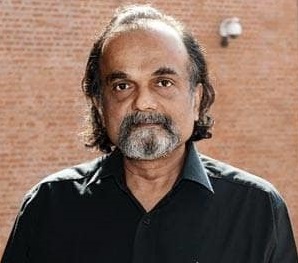This paper addresses the issue of reservation, as arising out of educational and social backwardness of the Other Backward Classes (OBC). Except in nomenclature there is no substantial evidence to show that most or even the majority of the ‘jatis’ that constitute the OBCs are educationally backward. The assumed parallelism with SC/ST reservation is just not there. Neither the argument for creating a middle class, nor the need to overcome social ostracism and untouchability are relevant in this case. The issue is, at best (to the extent that some of the OBC jatis are backward educationally) one of access which is overwhelming an issue of economic ability and performance of the state in the provision of educational services. Given that 20-25% of enrollment in higher education is from the OBCs, it makes one ask the question: Is the initiative that has the potential to divide the country worth addressing a non-problem or at best a most ill-stated one? The Supreme Court having placed ‘social and educational equality’ above equality under law, if it has to be true to the spirit and letter of this very position would have to address the issue of educational deprivation far more comprehensively than is presented by the reservationists. Much of the deprivation has to do with performance of the state and its educational machinery. State failure in regulation of both public and private education, shameful underfunding of the public education system at the primary and secondary levels especially in much in much of north and central India, the wanton destruction of most of the universities leaving much of their fare all but worthless are the real problems These have created a scarcity for quality education and have made the issue of reservation politically appropriable in a most perverse and reprehensive manner and which could never solve either the problem of higher education or the problem of access that much of the OBCs face. The Supreme Court must see through this game. After all it can insist on compulsory primary education and fully funded quality primary and secondary education to begin with, which could then start the process of the real problems being addressed.
Missing Issues In The Debate On Reservation
Author : Sebastian Morris


